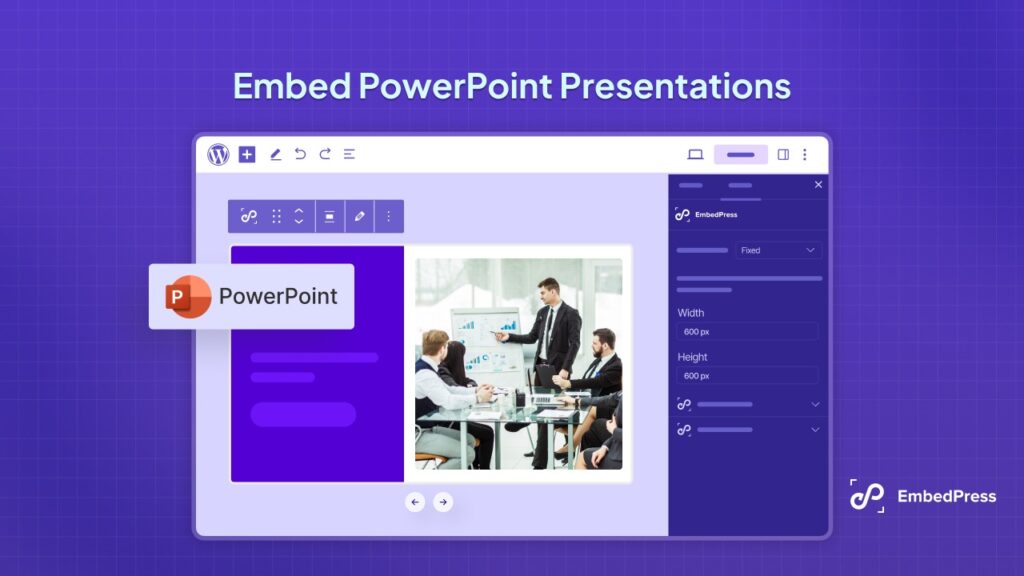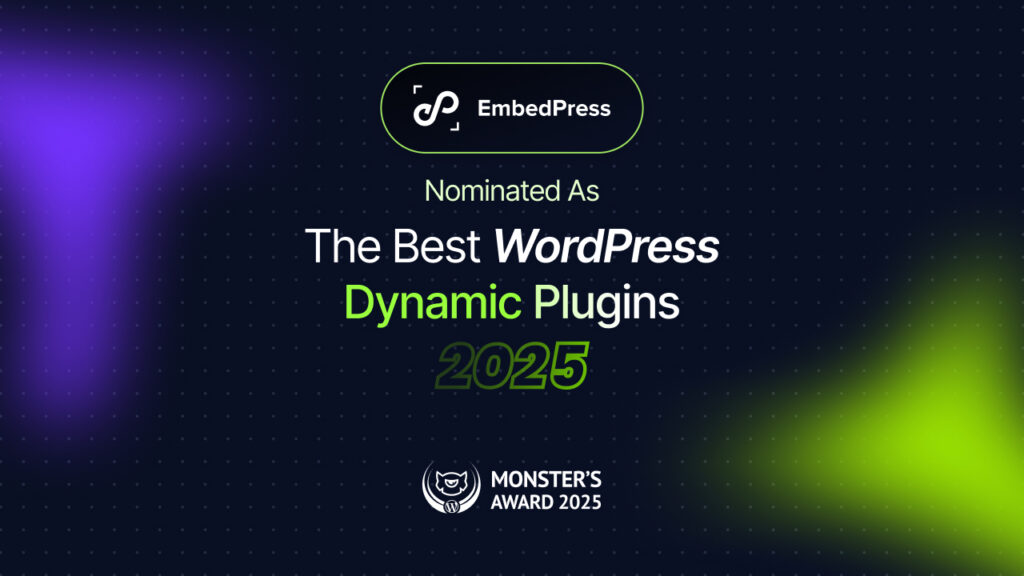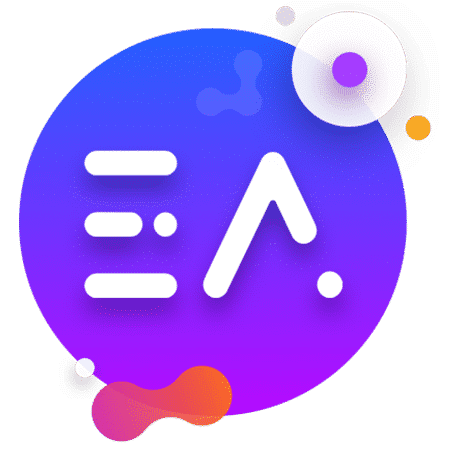If rising ad costs and shorter attention spans are making things tough for you, it might be time to switch to the best UGC platforms. These platforms use real content from real people, like photos, videos, and reviews, that often perform better than polished ads when it comes to trust, engagement, and results. Imagine your brand’s social media full of honest, relatable posts from your real users, customers, or influencers. That is the power of user-generated content.

Ready to take your marketing to the next level? Keep reading to find out which are the best UGC platforms for 2025, how to pick the right one, and tips to get more genuine content that helps drive sales.
💡 What Are UGC Platforms & Why Do They Matter
UGC (User-Generated Content) platforms are powerful tools that help brands connect with content creators and turn real customer photos, videos, and reviews into marketing gold. These platforms streamline everything, from discovering brand mentions across social media to managing usage rights, so you can safely and easily repurpose user content.
Why is this important? Because 92% of consumers trust UGC over traditional ads, and user-generated posts can drive up to 4× more engagement. UGC platforms save brands time, build trust, and boost conversions by showcasing authentic, relatable content that resonates.
As a result, brands are using the best UGC platforms not just to save time, but to grow social proof. Real stories and experiences from customers create stronger emotional connections. And that means higher engagement and better ROI.
The UGC Platform Boom
The best UGC platforms help brands scale authenticity and transform real customer voices into results that matter. The global User Generated Content (UGC) Platforms market size was worth around USD 7.8 billion in 2024 and is predicted to grow to around USD 109.19 billion by 2034. Here are the things driving that growth:
- Time savings: Automating discovery and rights clearance cuts manual work by up to 80%.
- Content variety: Access user-created videos, images, reviews, and interactive posts across all major platforms.
- Better performance: UGC posts consistently deliver higher engagement than brand-produced content.
- More conversions: UGC results in 29% higher web conversions than campaigns or websites without it.
This rapid growth also aligns with the explosion of influencer marketing, as more brands blend influencer partnerships with scalable UGC strategies to drive performance and community trust.
Key Features of a UGC Platform
A truly powerful UGC solution should deliver:
- Multi-format support: Video, photo, textual reviews, and audio assets in one place.
- Creator discovery & matching: AI-driven filters to pinpoint the ideal creators by niche, engagement, and style.
- Rights & compliance: Built-in licensing, FTC transparency tools, and GDPR/CCPA compliance.
- Collaboration workflows: Integrated briefs, approvals, revisions, invoices, and payments.
- Analytics & reporting: Real-time dashboards measuring engagement, conversions, and ROI.
These capabilities differentiate the best UGC platforms from basic social listening or content management tools – and are increasingly central to successful influencer marketing campaigns.
📑 9 Best UGC Platforms in 2025: Hand-Picked
Below are our nine best UGC platforms for 2025, each with an overview, popularity drivers, key features, pros & cons, and pricing details.
1. Trend.io
Trend.io lets brands submit free creative briefs and pay only for the creators they select – no upfront fees or subscriptions required. This is one of the most popular platforms to connect with content creators and boost your brand.

Why is it popular?
Trend.io’s transparent, no-contract pricing and extensive, vetted network of creators make it a favorite among agencies and growth teams looking for flexibility and control.
Key features:
- Free brief creation tool to specify objectives and creative guidelines.
- Flat-rate creator credits with tiered discounts for bulk purchases.
- Built-in licensing secures all usage rights in perpetuity.
- Intuitive platform UI for campaign management and creator selection.
2. JoinBrands
JoinBrands is a pay-as-you-go marketplace connecting brands with 250,000+ UGC creators, including 100,000+ TikTok Shop Affiliates and 10,000+ influencers. The platform has facilitated over $100 million in Gross Merchandise Value (GMV), underscoring its effectiveness in driving real sales through user-generated content (UGC).

Why is it popular?
Brands appreciate its zero platform fees, one free revision per asset and robust support for influencer whitelisting.
Key Features:
- JB Coins system for budgeting and campaign planning.
- Full HD video and photo support, with ROI-tracking analytics.
- Free plan with access to the entire creator pool.
- Whitelisted Ads integration for seamless paid social amplification.
3. Billo.app
Billo.app specializes in performance-driven video ads, having produced over 200,000 videos for 22,000 brands to date. It streamlines every step, from brief creation to content delivery via a mobile and web platform.

Why is it popular?
Advertisers praise it because of its diverse content creation, ease of use, and facilitates the monthly setup of new campaigns, “real”, organic videos that blend better into the feed.
Key Features:
- Pre-built social-ad templates optimized for TikTok, Instagram and Meta.
- Mobile ordering app to submit briefs and review drafts on the go.
- Performance analytics dashboard detailing engagement, watch rate and conversions.
- In-app messaging for direct creator-brand collaboration.
4. Bazaarvoice
Bazaarvoice is an enterprise-grade platform offering reviews, ratings, Q&A modules, and social content integration trusted by 13,000+ brands around the world. This platform aims to deliver authentic shopper experiences at scale.

Why is it popular?
Its AI-driven sentiment analysis and omnichannel widgets empower large retailers to showcase UGC across web, mobile and in-store displays. Also, they have a dedicated social commerce team for insights and strategic guidance, which allows brands to perform better.
Key Features:
- Automated review collection and moderation.
- Q&A sections to facilitate peer-to-peer support.
- Social integration to embed Instagram, TikTok and Pinterest UGC.
- AI sentiment tagging for content filtering and insights.
5. Cohley
Cohley blends a UGC marketplace with managed services, offering AI-driven creative briefs and an end-to-end content operations platform. They connect with diverse creator groups, which streamlines content management, and gives you the quality and helps to scale every stage of the customer journey.

Why is it popular?
Brands value its white-glove support and creative ideation tools. Also, their high-quality reviews from different content creators, customizable content brief and seamless rights management helped brands grow and solve their social campaigns
Key Features:
- Multi-format content ordering (video, photo, text reviews).
- Managed campaign services with dedicated account managers.
- Collaboration dashboard for approvals, revisions and payments.
- Analytics insights on engagement and conversion lift.
6. Insense
Insense offers both self-service and managed UGC solutions, plus direct Ads Manager whitelisting for amplified paid social campaigns. This all-in-one tool helped 2000+ DTC, Amazon brands and growth agencies.

Why is it popular?
Marketers appreciate the integrated payment workflow, ad syndication and tiered pricing. Apart from that, diverse storylines, hooks, and angles for creative testing brands trust this platform to integrate the UGC campaign here.
Key Features:
- Managed service tier, including a customer success manager.
- 7–10% marketplace fee on creator payments.
- In-platform whitelisting to push creator posts as sponsored ads.
7. Social Cat
Social Cat focuses on connecting brands with nano- and micro-influencers, boasting a network of over 2,000 brands and 50,000 influencers. This platform has become a trusted solution for user-generated content (UGC), offering built-in licensing and direct messaging features.

Why is it popular?
Its affordability and no-contract policy make it ideal for small businesses testing UGC strategies.
Key Features:
- All influencers undergo a thorough vetting process to ensure quality and authenticity.
- Built-in messaging system allows seamless communication between brands and influencers.
- Organize and repurpose UGC across multiple social media platforms through a centralized content library.
- Supports gifted, paid, and affiliate collaborations, providing versatility in campaign strategies.
8. Taggbox
Taggbox is an AI-powered UGC aggregator that turns social feeds into shoppable galleries and event displays, with a “SnapUp” uploader for direct brand submissions.

Why is it popular?
Marketers love its advanced filters, multi-channel support and eCommerce integrations.
Key Features:
- Social media widgets for web, email and events.
- AI-driven content moderation and sentiment tagging.
- “SnapUp” feature for direct UGC contributions.
- Shoppable galleries with product tagging for Shopify, WooCommerce and more.
9. Flowbox
Flowbox focuses on shoppable UGC galleries for e-commerce, driving an average 15% sales uplift for over 850 global brands.

Why is it popular?
Flowbox’s proven return on investment (ROI) and intuitive interface make it a preferred choice for fashion, beauty, and lifestyle brands. Its seamless integration with WooCommerce through a dedicated WordPress plugin allows brands to effortlessly embed dynamic UGC galleries into their product and category pages.
Key Features:
- Real-time social aggregation from Instagram, TikTok and more.
- Automated rights clearance and content prioritization.
- Shoppable posts with direct buy links embedded.
- API access for custom integrations and data export.
🧑💻 What Factors Should You Consider When Picking a UGC Tool
Choosing among the best UGC platforms requires careful evaluation of several factors. A thoughtful evaluation of these factors will guide you to the best UGC platform that matches your unique marketing objectives and resource constraints.
- Creator network & vetting: A large, well-vetted talent pool ensures you receive brand-aligned, high-quality content. For example, Trend.io offers thousands of creators starting at $110 per asset, all pre-screened for quality.
- Pricing model: Determine whether pay-as-you-go or subscription plans align with your budget and content volume. JoinBrands charges no monthly platform fee and uses a pay-per-campaign model, while Insense’s self-service starts at $500 per month.
- Licensing & rights management: Confirm that usage rights are included in your investment. Both Trend.io and JoinBrands embed perpetual licensing in their pricing, avoiding surprise costs later.
- Feature set: From AI-powered curation (as seen in Taggbox’s “SnapUp” uploader) to integrated collaboration and analytics dashboards (Bazaarvoice’s enterprise tools), pick a platform that fits your workflow and goals.
- Integration & scalability: Ensure the platform seamlessly connects with your CMS, social ad managers, and analytics stack, and can scale from micro-influencer pilots to enterprise-wide rollouts as your needs grow.
🎉 Pick a UGC Platform Today & Grow Your Brand
In 2025, user-generated content continues to outshine traditional advertising in authenticity, engagement, and ROI. By choosing one of the best UGC platforms, from Trend.io’s flexible pay-per-creator model to Bazaarvoice’s enterprise-grade analytics, you will tap into genuine customer voices that grow social proof and conversions. Align platform features with your goals, utilize free trials and demos, and apply best practices like branded hashtags and creator incentives to maximize the impact of UGC.
If you have found this blog helpful, share your opinion in the comment section and get connected to our Facebook community. You can also subscribe to our blogs for valuable tutorials, guides, knowledge, tips, and the latest WordPress updates.







